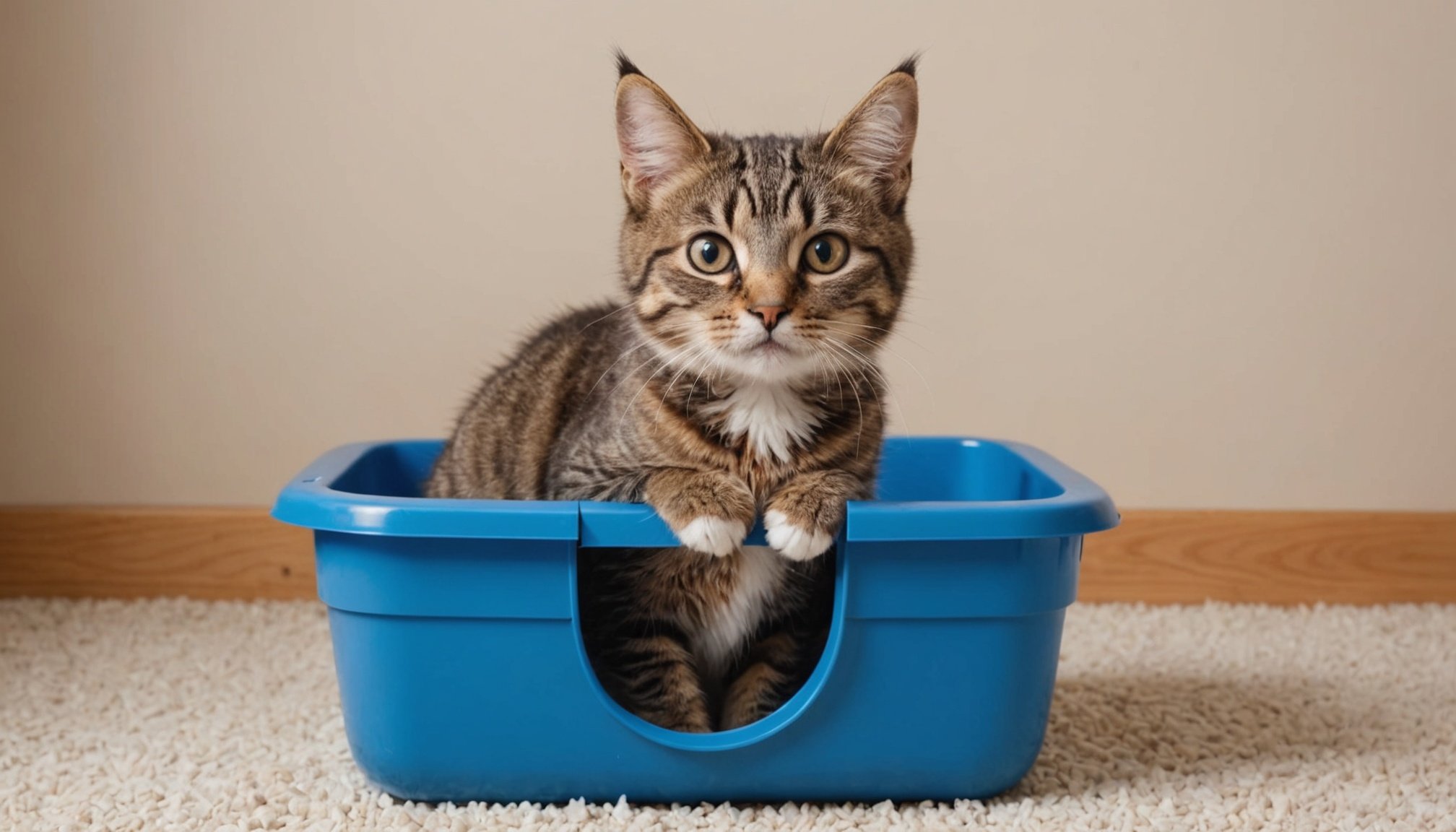In the world of pet ownership, a common yet often frustrating problem is when your feline friends start avoiding their litter boxes. This behavior can be perplexing, especially when your environment seems unchanged and welcoming. However, understanding the roots of this issue is crucial for maintaining a harmonious household. As cat owners, your goal is to decode these behaviors and restore their comfort, ensuring peace for everyone at home. In this comprehensive guide, we’ll explore the causes of litter box avoidance and strategies to effectively address these challenges.
Understanding the Causes of Litter Box Avoidance
Before tackling the problem, it’s essential to know why your cat is avoiding the litter box in the first place. Felines are instinctually clean creatures, and deviation from this habit often signals an underlying issue. By examining potential causes, you can take steps toward resolution.
Topic to read : How can I effectively socialize a shy cat with other pets in the household?
Health-related Issues
When your cat suddenly changes its bathroom habits, health concerns should be the first consideration. Conditions such as urinary tract infections, kidney disease, or arthritis can make litter box usage painful or uncomfortable. In these cases, a visit to the veterinarian is necessary to rule out or confirm medical conditions.
Environmental Factors
Cats are creatures of habit and can be sensitive to changes in their environment. A new piece of furniture, a different litter brand, or even a new scent in the house can disrupt their routine. Consider what has altered in their surroundings that might be contributing to the aversion.
Also to discover : How can I recognize and deal with feline aggression towards people or other animals?
Litter Box Preferences
The characteristics of the litter box itself can deter a cat from using it. Some cats may dislike the type of litter used, while others might find the location too exposed. It’s crucial to ensure the litter box is clean, accessible, and meets your cat’s preferences for privacy and texture.
Creating an Ideal Litter Box Environment
Once you’ve identified the potential cause, the next step is to create an inviting litter box environment. Your aim is to make it as appealing and comfortable as possible for your cat.
Choosing the Right Litter
Selecting a suitable litter is vital. Opt for unscented varieties, as strong fragrances can deter your cat. Clumping litters are often preferred because they simulate the texture of soil and are easy to clean.
Optimal Litter Box Placement
Placement is key. Your cat’s litter box should be in a quiet, low-traffic area with easy access. Avoid placing it near noisy appliances or in locations that might feel vulnerable. Providing more than one box in different areas can also prevent territorial issues.
Regular Cleaning and Maintenance
A clean litter box is more likely to be used. Scoop the box daily and change the litter weekly to prevent odors and bacterial build-up. Regular maintenance not only improves hygiene but also ensures your cat finds the litter box appealing.
Behavioral Training and Reinforcement
Even with an ideal environment, some cats might need additional encouragement to return to using the litter box. This is where training and positive reinforcement come into play.
Re-establishing Positive Associations
Encourage your cat to use the litter box by making it a positive experience. Offer treats and praise when they successfully use the box. This reinforcement can slowly rebuild their association with the litter box as a safe and rewarding place.
Deterring Inappropriate Elimination
In cases where your cat eliminates outside the box, it’s important to clean the area thoroughly to remove any lingering scents. Vinegar or enzyme cleaners can neutralize odors, preventing your cat from returning to the same spot.
Seeking Professional Guidance
If your efforts don’t yield the desired outcome, consulting with a feline behaviorist can provide tailored insights and strategies. These professionals can help uncover deeper issues and offer solutions specific to your cat’s needs.
When to Seek Veterinary Help
Determining when to escalate the issue to professional help can be a challenging decision for pet owners. However, sometimes the problem might require veterinary intervention to uncover underlying health issues or behavioral disorders.
Signs of Health Problems
Observe your cat for signs such as frequent urination, blood in the urine, or noticeable discomfort. These symptoms necessitate a veterinary examination to rule out medical conditions that could be causing their litter box avoidance.
Persistent Behavioral Issues
If the behavior persists despite improvements in their litter box environment and consistent training, it might not be a simple preference issue. Behavioral problems can sometimes stem from anxiety or stress, and a vet can prescribe medication or suggest therapies to alleviate these conditions.
Comprehensive Health Check
A thorough health examination can provide peace of mind and determine whether there’s a need for specialized treatment. Your veterinarian can work with you to develop a comprehensive plan that keeps your feline companion comfortable and healthy.
Addressing litter box avoidance involves a blend of observation, environmental adjustment, and sometimes professional intervention. By understanding your cat’s needs and preferences, you can create a harmonious living situation for both you and your feline friend. A proactive approach, coupled with patience and love, ensures a swift resolution to this common yet manageable issue.











